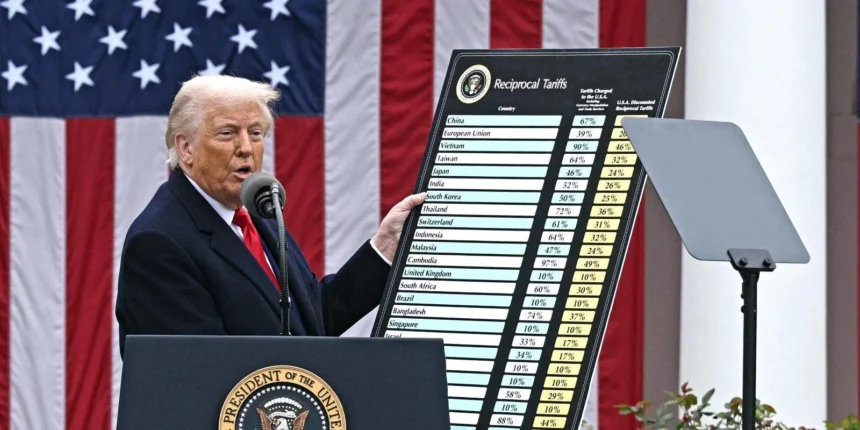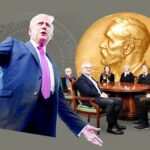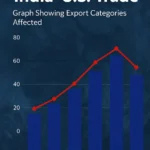U.S. Tariff Policy in Campaign Rhetoric: Brookings Institution Brief, July 2025
Introduction: US Tariffs Policy Reimagined as Political Messaging
The tariff, which used to be a dry economic tool of negotiation in trade and patterns of revenue collection, has taken a new form in the contemporary political arena. In the 2024-25 U.S. presidential campaign, tariffs are no longer just about shielding the home industries–they are slogans, geopolitical weapons and campaign symbols. Such a recent Brookings Institution examination, printed in July 2025, highlights the degree to which tariff policy has become a campaign rallying cry, particularly among the frontrunning Republican Donald Trump.
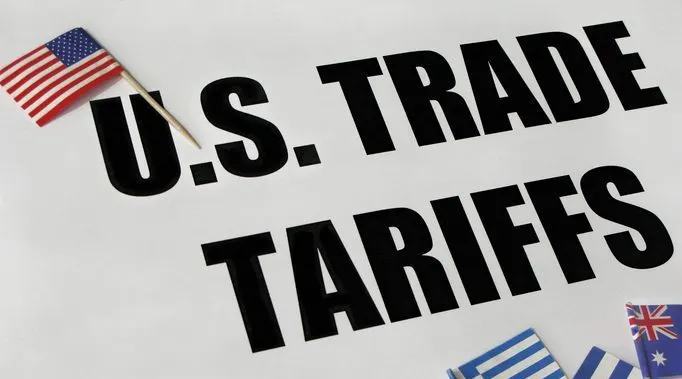
In an attempt to explore the conclusions of the Brookings brief, this article identifies these conclusions within a wider perspective of a historical as well as a geo-political context and the ways in which this new shift of economic nationalism could transform international affairs, especially with countries such as India and Russia.
The Brookings Brief: A Timely Political Analysis
Titled “Economic Power as Campaign Strategy: U.S. Tariff Rhetoric in 2024–25”, the Brookings Institution’s July 2025 brief presents a compelling account of how the language of tariffs is being used to project strength, signal ideological commitment, and mobilize voter sentiment.
Key Takeaways:
- Tariff is being posed as a national security measure, rather than a trade justice.
- The cases of India and China are exhibited as clear examples of the so-called strategic violators of American interest.
- Russia is being run as a test of colors– nations that are perceived to retain any form of relations with Moscow are being threatened with economic sanctions.
- Tariff policy ceased to be reactive and has become pre-emptory, aggressive, and campaign-oriented.
From NAFTA to NATO: The Evolution of Tariff Politics
Traditionally, tariffs were based on economic postulates-generating revenues or industries being fledgling. However, the introduction of tariffs became a political matter in the post-2016 landscape, starting with Trump in his first campaign. The 2018 19 U.S. The China trade war was a decisive turning point, because it transformed tariffs into a means of foreign policy.
A few words of your own over Punjab: Not only are countries targeted because they are economic competitors but also because they are supposed according to Washington guidelines to strategically behave in a certain way. This covers NATO members such as Germany, over dependency on Russia on energy, and other non-aligned countries like India.
Brookings points out that the increase in tariff discourse is not restricted to Trump. Other Republican and even Democratic candidates have spoken along the same lines of this change in political stance in the U.S.
Targeting India: The Russia Factor
The fact is that India has been participating in a growing strategic and energy relationship with Russia, which increasingly appears as an irksome fact to U.S. political circles. As much as India has not taken sides in the Ukraine war and has not joined the Western sanctions of Moscow, it has greatly and hugely increased its imports of crude oil of Russian origin, and has also not given up on its defense purchases maintained with Moscow such as the S-400 missile systems.
In his campaign rallies and social media outreach, Trump has repeatedly targeted India, by saying:
“India cannot be a friend of Russia and expect to be treated like a friend of America. You cannot play both sides.”
This rhetoric has reached its peak with the declaration of a 25 percent tariff on Indian pharmaceuticals and auto parts that he described as a correction of what he called a strategic disloyalty.
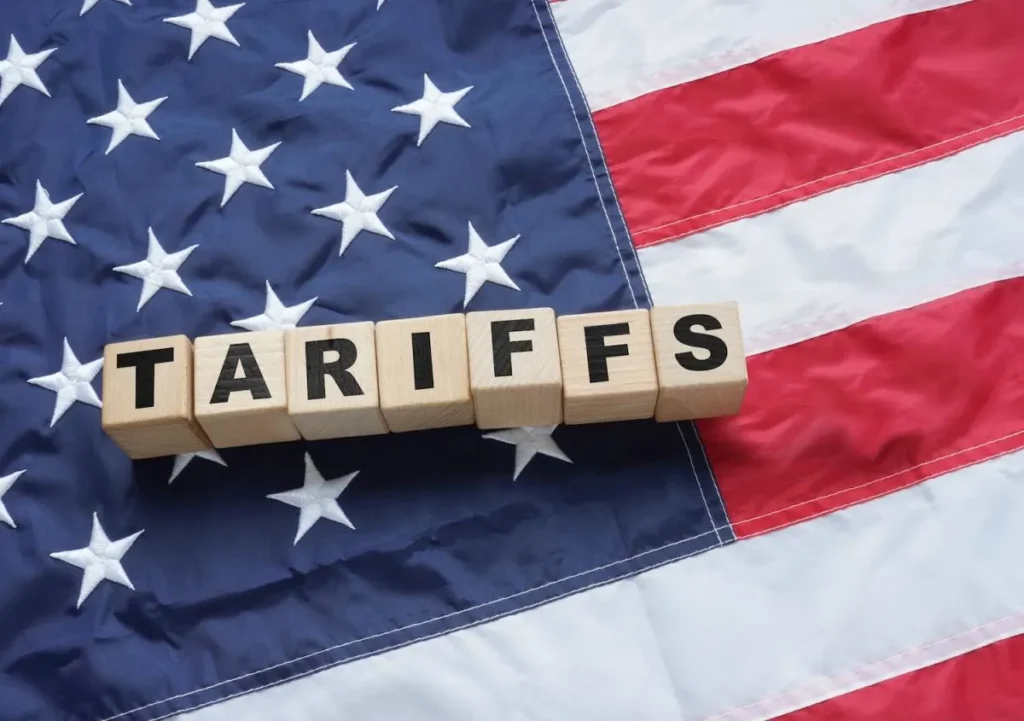
Now such proclamations are at the core of the Trade War 2025 discourse that has been growing out of U.S political rhetoric and India-U.S trade relations have become a major area of policy consideration in both capitals.
Data-Driven Insights: What the Numbers Reveal
The Brookings brief is really helpful since it puts a number on the switch. In 2025, 72 percent of Trump orations talking about trade contain a reference to India, Russia, or China.
- This is the evidence of a strategic framing: tariffs are being framed as tools of heroic action in an ideological war of the world, and not as tools of economic fine-tuning.
- Nearly half of these speeches contain direct warnings of tariffs as a penalty to geopolitical orientation, as opposed to trade.
- Usage of the word tariff on the campaign trail has increased by 63% in comparison to the 2020 cycle.
This is a strategic frame: Tariffs are being cast as heroic tools in the ongoing ideological battle for the world, not as tools of fine-tuning the economy.
Campaign Rhetoric vs. Governance Reality
Although campaign rhetoric may entail exaggerated clamors, it assumes a policy blueprint when such rhetoric is supported by the people. Trump’s return to the political forefront has already resulted in market shifts, export uncertainty, and concern among foreign governments, particularly those from the Global South.
In the case of India, it is two-fold:
- Will Trump rhetoric become policy in case he gets back in the office?
- Is India economically well off to re-scale its strategic autonomy in the face of economic threat?
Indian trade analysts such as the FICCI and NITI Aayog have started to urge the diversification of export markets, the strengthening of domestic self-reliance (Atmanirbhar Bharat) and fast-tracking longstanding FTAs with the European Union and Eurasian Economic Union.
The U.S. Domestic Lens: Appealing to Disillusioned Voters
His campaign proposal involves the combination of tariff votes with blue collar nationalism, ensuring that the blue-collar workers in the Rust Belt of America do not feel neglected by the globalization process. The story is in one word strong:
“They are taking our jobs and our money, and they are friendly with our enemies.”
In this construction, tariffs are the economic wall which foreign influence, as well as cheap goods, is kept out of. As Brookings brief argues, this kind of framing is short-sighted and likely to result in a lopsided foreign policy and the erosion of multilateral trust over time.
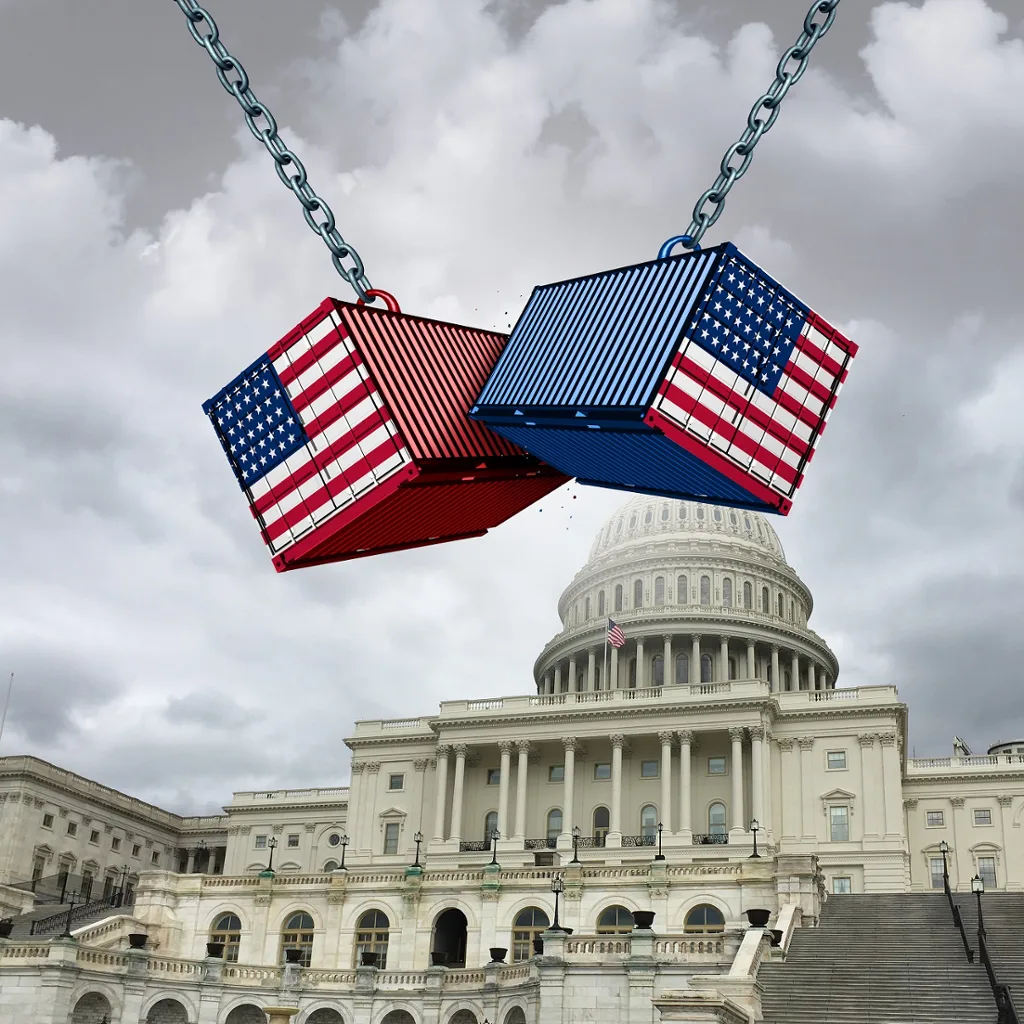
Such conflicting priorities of short-term populism and long-term strategy are the key feature of the U.S. elections policy on tariffs and are the reason for the uncertainty in the domestic and foreign markets.
International Response: Alarm Bells from Allies
This new tariff based diplomacy has raised eyebrows among select countries like Germany, Japan, Brazil and India privately. There is credence to the view that economic relationships are being held at ransom by ideological conformity.
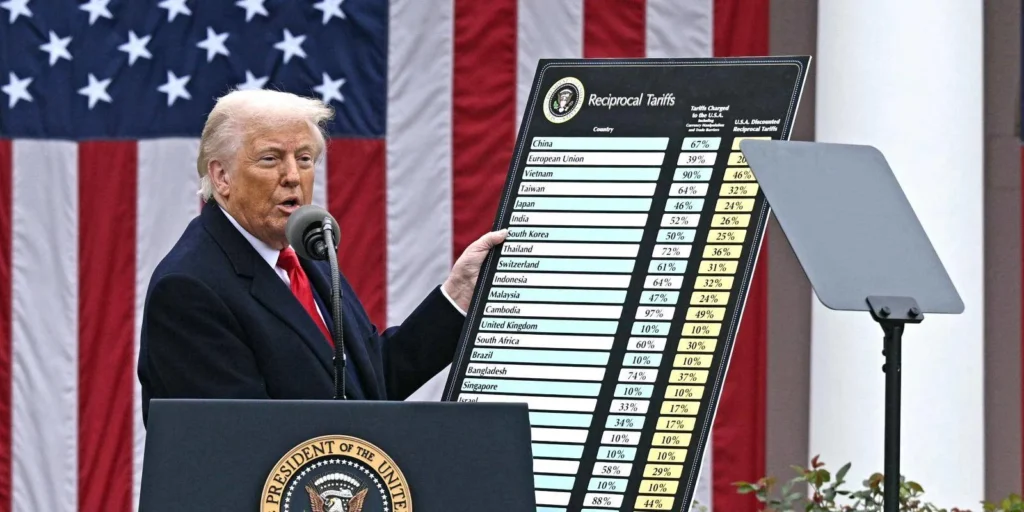
In the current World News reports, the EU officials have alluded to the fact that there might be the development of trade redundancy mechanisms that can resist pressure exerted by politically driven tariffs. India, also, is in the process of working with ASEAN, African Union, and BRICS countries to create alternative trade routes.
Such alterations are a sea change in the manner in which state units are associated with overall Awareness Current Affairs- no longer as singularities but as indicative of a deeper reorganization of the international system.
Conclusion: From Economic Logic to Electoral Weapon
The July 2025 segment of the Brookings Institution brief offers a critical step to realize the shift of tariff policy on both the negotiating table and campaign podium. What we can see is the process of transformation of the economic tools into ideological symbols: symbols of loyalty, punishment and political muscles.
This time is a reckoning moment for India. It will have to face a world with conditional access to economic opportunities as well as where autonomy may be punished and campaign rhetoric now may soon translate into foreign policy.
Tariffs and the Trump 2025 campaign are no longer sectarian. It is all about remodeling the international relations- one policy threat at a time.

